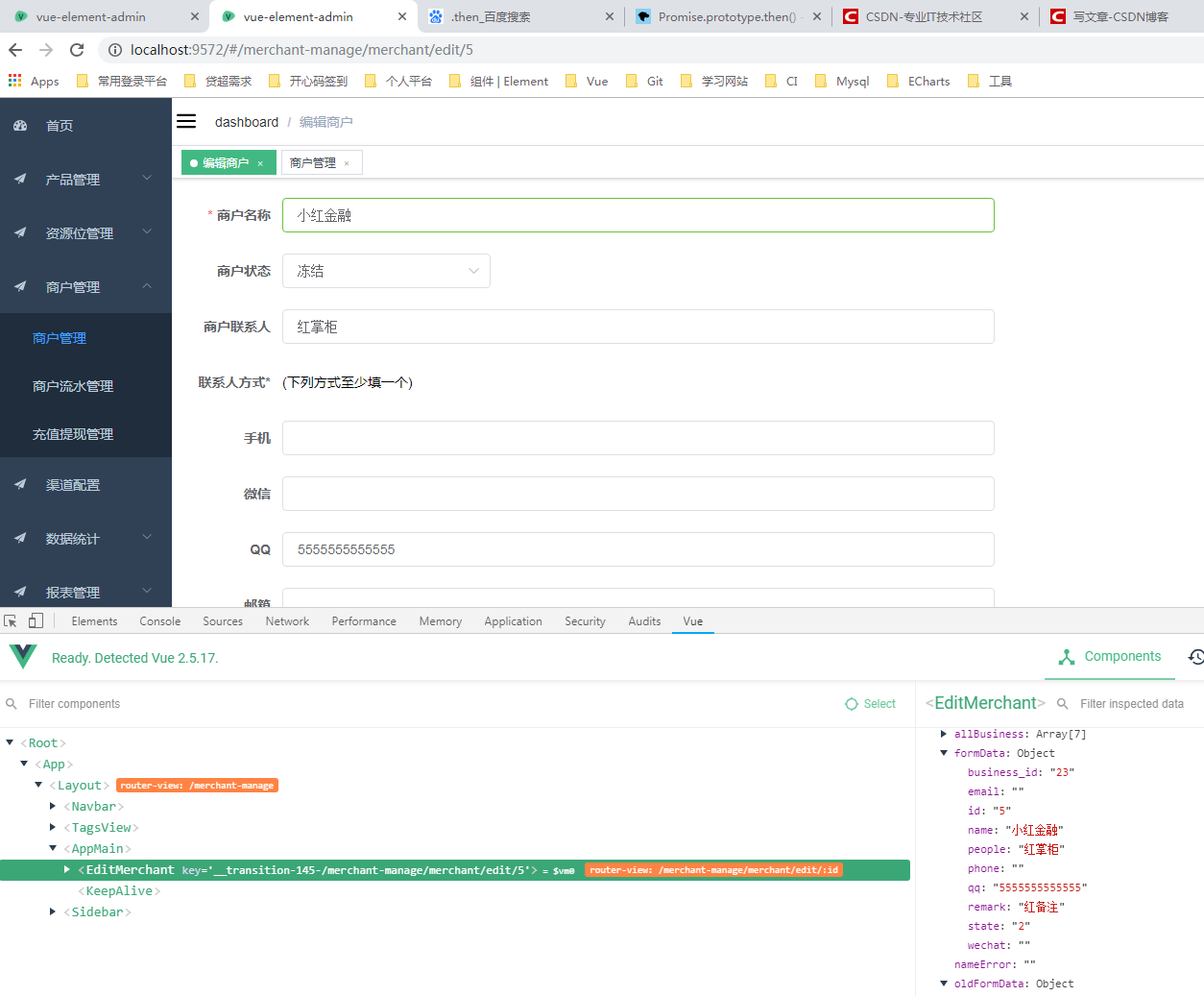Flow Problem
Problem Description
Network flow is a well-known difficult problem for ACMers. Given a graph, your task is to find out the maximum flow for the weighted directed graph.
Input
The first line of input contains an integer T, denoting the number of test cases. For each test case, the first line contains two integers N and M, denoting the number of vertexes and edges in the graph. (2 <= N <= 15, 0 <= M <= 1000) Next M lines, each line contains three integers X, Y and C, there is an edge from X to Y and the capacity of it is C. (1 <= X, Y <= N, 1 <= C <= 1000)
Output
For each test cases, you should output the maximum flow from source 1 to sink N.
Sample Input
2
3 2
1 2 1
2 3 1
3 3
1 2 1
2 3 1
1 3 1
Sample Output
Case 1: 1
Case 2: 2
*********************************************************************************************
网络流 纯的sap算法。(用递归)
*********************************************************************************************


1 #include<iostream>2 #include<string>3 #include<cstring>4 #include<cmath>5 #include<algorithm>6 #include<cstdio>7 #include<queue>8 #include<vector>9 #include<stack>10 #define inf 0x3fffffff11 using namespace std;12 int lvl[2020],gap[2020],idx,source,sink,n,m,head[2020];13 int T;14 int min(int a,int b)15 {16 return a>b?b:a;17 }18 struct nodedge19 {20 int next;21 int to;22 int cap;23 }e[2020];24 int i,j,k,num;25 void add(int a,int b,int c)//加边,正向&&反向26 {27 e[num].cap=c;28 e[num].to=b;29 e[num].next=head[a];30 head[a]=num;31 num++;32 e[num].cap=0;33 e[num].to=a;34 e[num].next=head[b];35 head[b]=num;36 num++;37 }38 int dfs(int src,int aug)39 {40 if(src==sink)//到汇点返回41 return aug;42 int tf=0,sf,mlvl=n-1;43 for(int it=head[src];it!=-1;it=e[it].next)//链式前向星44 {45 if(e[it].cap>0)//边仍然有容量46 {47 if(lvl[src]==lvl[e[it].to]+1)//判断是否为最短边48 {49 sf=dfs(e[it].to,min(aug-tf,e[it].cap));//向下递归,到汇点时的值50 e[it].cap-=sf;51 e[it^1].cap+=sf;//反向加52 tf+=sf;//与流入节点的最大流量比较5354 if(lvl[source]>=n)//如果节点的层数大于最大返回(注意是反向的)55 return tf;56 if(tf==aug)//等于最大流量时返回57 break;58 }59 mlvl=min(mlvl,lvl[e[it].to]);//求最近边60 }61 }62 if(tf==0)//出现断层时63 {64 --gap[lvl[src]];65 if(gap[lvl[src]]==0)66 lvl[source]=n;67 else68 {69 lvl[src]=mlvl+1;70 gap[lvl[src]]++;71 }7273 }74 return tf;75 }76 int sap()77 {78 int ans=0;79 gap[0]=n;80 while(lvl[source]<n)81 ans+=dfs(source,inf);82 return ans;83 }84 int main()85 {86 cin>>T;87 int st,en,c,ps=0;88 while(T--)89 {90 ps++;91 memset(lvl,0,sizeof(lvl));92 memset(gap,0,sizeof(gap));93 memset(head,-1,sizeof(head));94 cin>>n>>m;95 num=0;96 for(i=1;i<=m;i++)97 {98 cin>>st>>en>>c;99 add(st,en,c);100 }101 sink=n;source=1;102 cout<<"Case "<<ps<<": "<<sap()<<endl;103 }104 }
奋进
转载于 //www.cnblogs.com/sdau--codeants/p/3276303.html
//www.cnblogs.com/sdau--codeants/p/3276303.html
































还没有评论,来说两句吧...